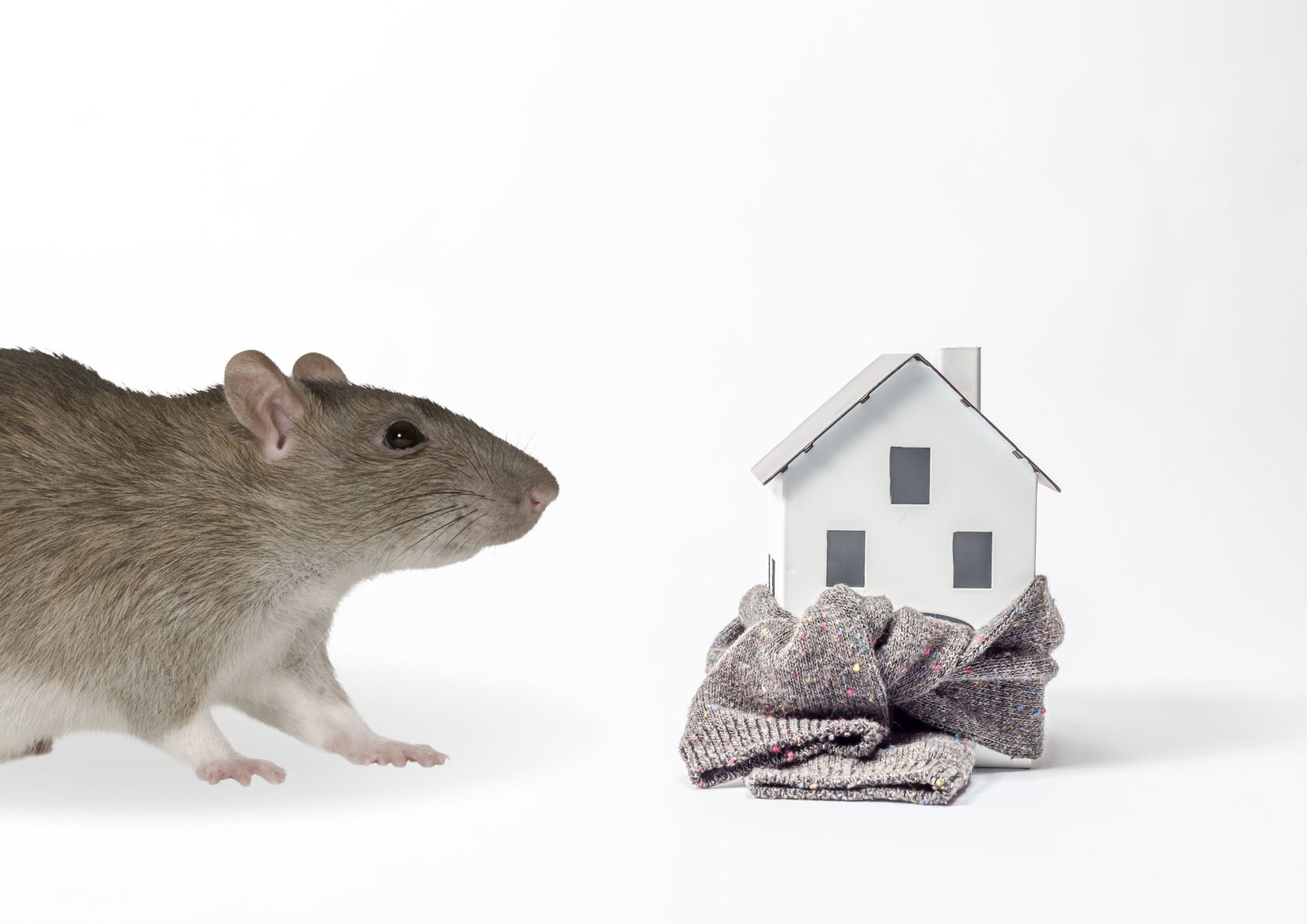Alaska’s winters bring stunning snowy landscapes and months of frigid temperatures, forcing many creatures to seek shelter in the warmest places they can find—including your home. Rodents such as mice and rats are particularly resourceful in finding entry points, making rodent control an essential concern for homeowners during the winter months. To keep your home rodent-free and protect your family’s health and safety, here’s everything you need to know about rodent control in Alaska’s challenging winter environment.
Understanding the Threat of Rodents in Alaska
Rodents are more than just a nuisance; they can cause extensive damage to homes and pose serious health risks. Mice and rats can chew through insulation, wiring, and even structural materials, leading to costly repairs. Additionally, rodents can carry diseases like hantavirus and salmonella, contaminating food and surfaces in your home.
During Alaska’s harsh winters, food becomes scarce for these pests, and they will actively seek out human homes for warmth, shelter, and sustenance. This means homeowners must be proactive in preventing an infestation before it starts.
Seal Entry Points to Prevent Rodent Access
Rodents can squeeze through incredibly small openings—mice can fit through holes the size of a dime, while rats can squeeze through a hole the size of a quarter. Inspect your home carefully and seal any potential entry points, including:
- Cracks and gaps: Check around doors, windows, and the foundation for any openings and seal them with weatherproof caulking or steel wool.
- Vents and chimneys: Cover these with fine mesh or metal screening to prevent rodent entry.
- Pipes and utility openings: Use expanding foam or metal mesh to block any gaps around plumbing and electrical lines.
- Garage doors and basements: Ensure garage doors have tight seals and that basement windows are secure.
Keep Your Home Clean and Unattractive to Rodents
Rodents are drawn to food and nesting materials. Maintaining cleanliness in and around your home is key to preventing infestations. Follow these steps:
- Store food properly: Use airtight containers for grains, cereals, and pet food.
- Dispose of garbage properly: Ensure trash cans have tight-fitting lids and remove waste regularly.
- Declutter storage areas: Rodents love to nest in cluttered spaces, so keep basements, attics, and garages tidy.
- Reduce outdoor attractions: Keep firewood stacked at least 20 feet away from your home and trim any overgrown vegetation near the foundation.
Rodent-Proofing Your Home’s Exterior
The cold temperatures force rodents to be persistent in finding shelter. Strengthening your home’s defenses will make it less inviting:
- Install door sweeps: Keep rodents from slipping under exterior doors.
- Check your roof: Rodents can enter through loose shingles or small gaps, so inspect and repair any vulnerabilities.
- Secure crawl spaces: Ensure crawl space openings are tightly sealed with durable materials.
- Use rodent repellent plants: Peppermint, lavender, and eucalyptus have natural rodent-repelling properties and can be planted around entry points.
Setting Traps and Using Bait Effectively
Despite preventive measures, rodents may still find their way inside. Traps and bait stations can help manage the problem:
- Snap traps: Classic and effective, snap traps placed along walls and entry points can quickly reduce a rodent population.
- Live traps: These allow for humane removal but require frequent monitoring and relocation far from your home.
- Bait stations: Rodenticide baits can be effective but should be used with caution, especially in homes with pets and children.
Using Natural Rodent Deterrents
If you prefer a non-toxic approach to rodent control, consider these natural deterrents:
- Peppermint oil: Soak cotton balls in peppermint oil and place them in areas where rodents may enter.
- Ammonia: The strong scent mimics predator urine and can deter rodents.
- Ultrasonic repellents: Devices emitting high-frequency sounds can make the environment uncomfortable for rodents, though results may vary.
Recognizing Signs of a Rodent Infestation
Early detection is crucial to preventing a full-blown infestation. Keep an eye out for these signs:
- Droppings: Small, dark pellets near food sources or along walls.
- Gnaw marks: Chewed wires, furniture, or food packaging.
- Noises: Scratching or scurrying sounds inside walls or ceilings.
- Nests: Shredded paper, fabric, or insulation used for bedding.
- Grease marks: Dark, oily streaks along baseboards and walls.
If you notice any of these signs, take immediate action to prevent the problem from worsening.
When to Call Professional Pest Control Services
While DIY methods can be effective, some infestations require professional intervention. If you’re dealing with a severe rodent problem, pest control experts can:
- Conduct a thorough home inspection.
- Identify and seal entry points.
- Provide targeted treatments and ongoing monitoring.
- Offer long-term prevention plans.
Professional pest control services can provide peace of mind and ensure that your home stays rodent-free throughout Alaska’s winter months.
Final Thoughts
Rodent control is a year-round concern in Alaska, but winter presents unique challenges that make proactive prevention crucial. By sealing entry points, maintaining cleanliness, and using traps or deterrents, you can safeguard your home from unwanted guests. If an infestation becomes overwhelming, don’t hesitate to call a professional for assistance. Protect your home and family by staying vigilant and prepared—because a rodent-free home is a warm and comfortable home during Alaska’s harsh winters.
